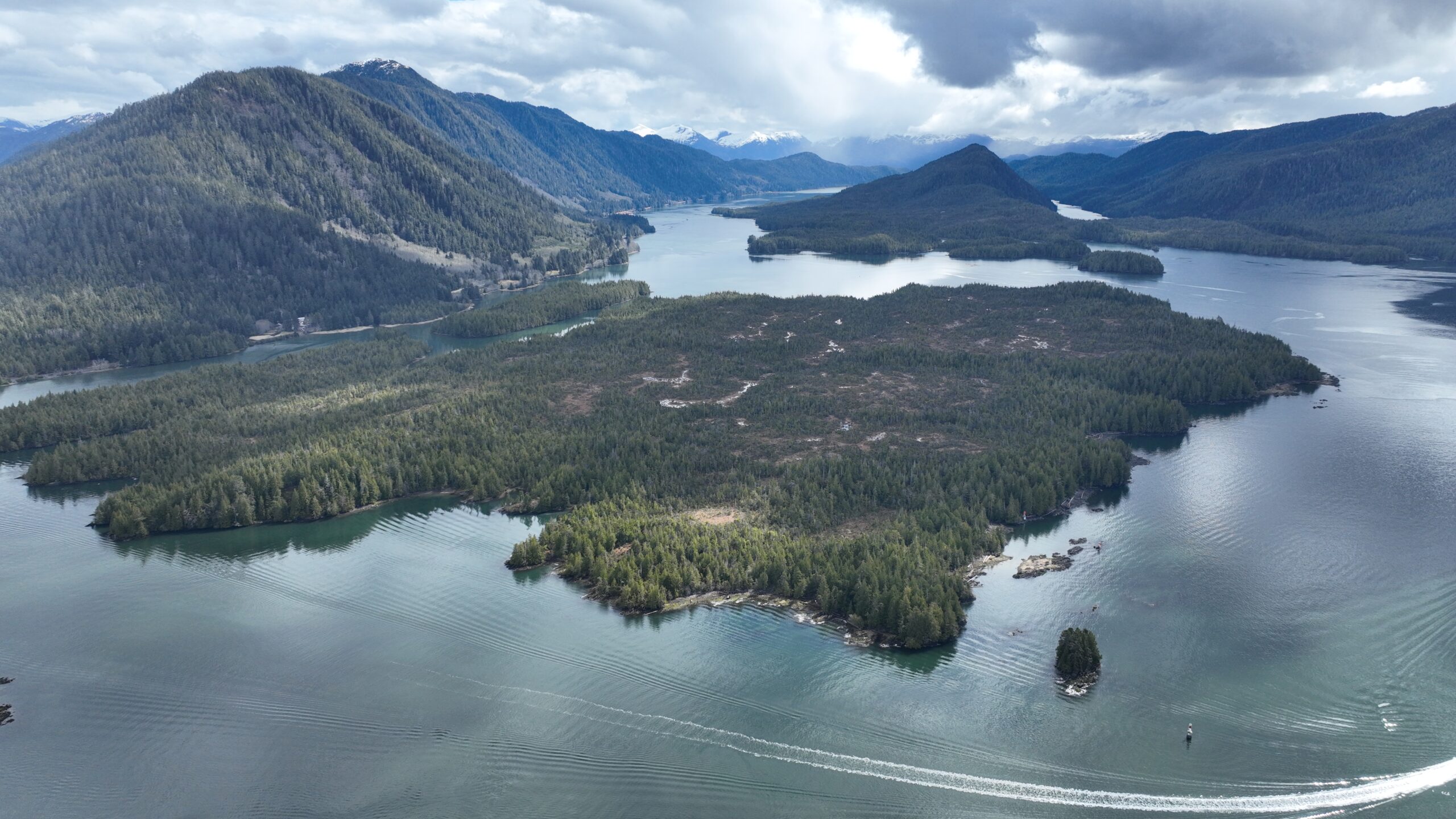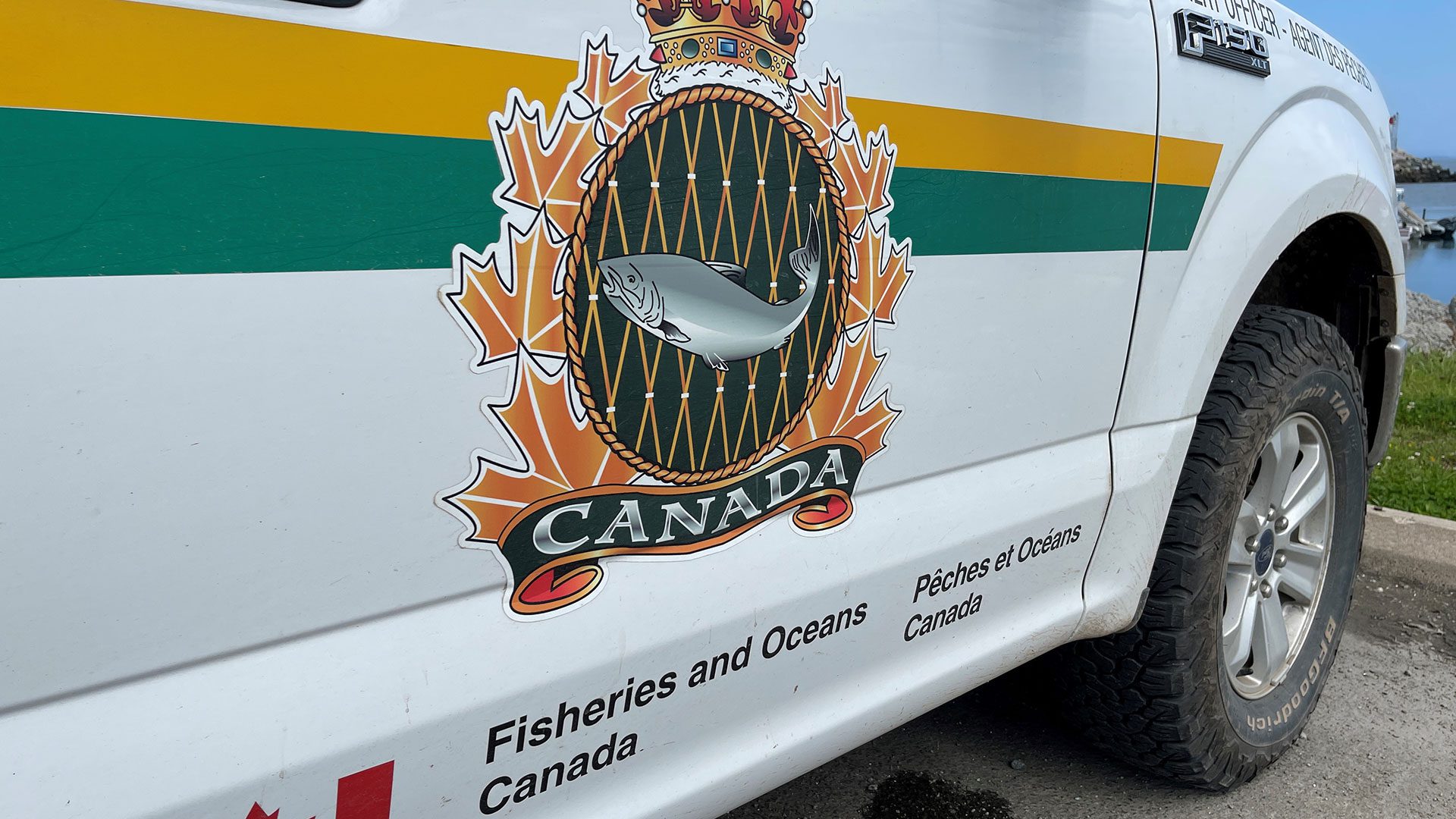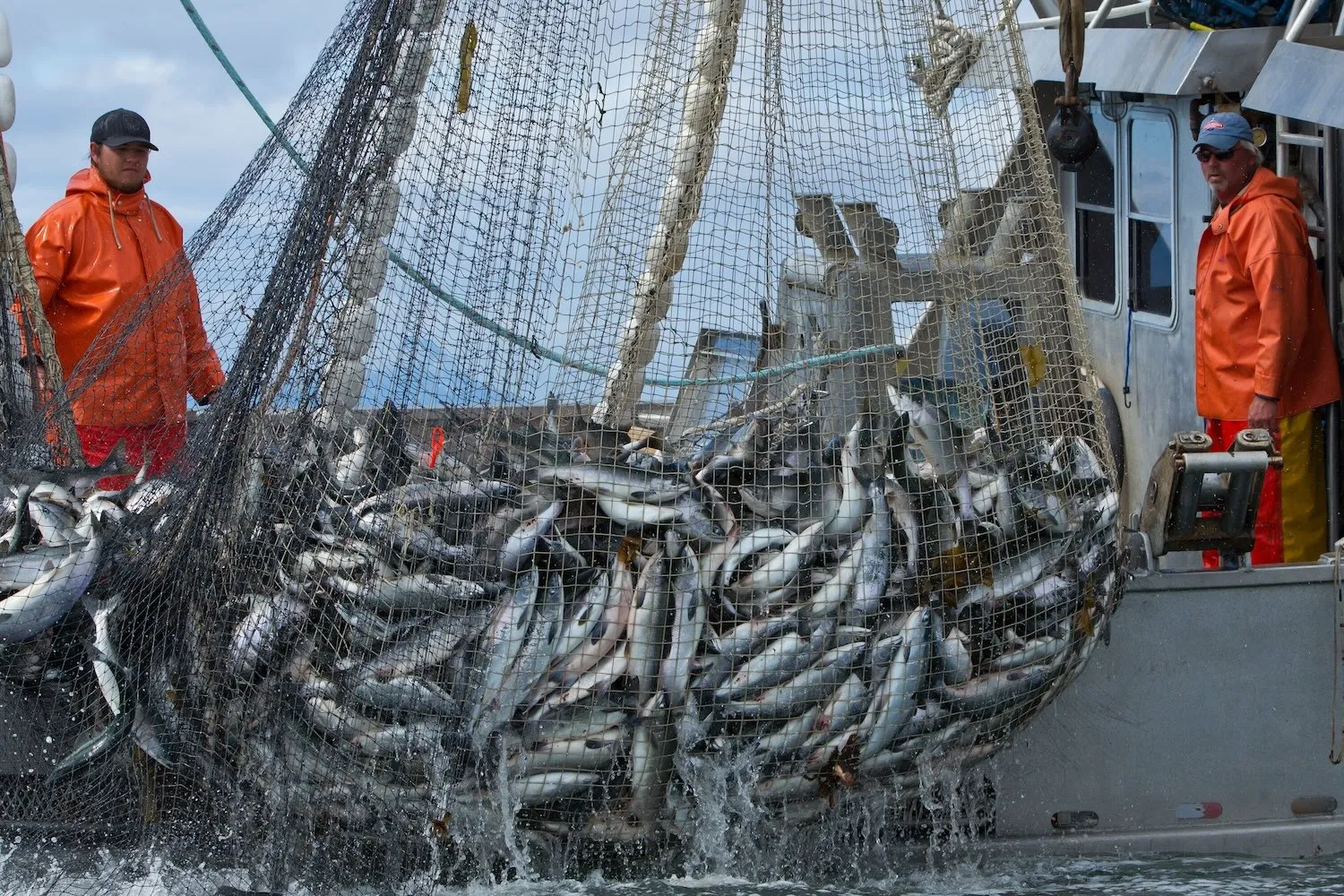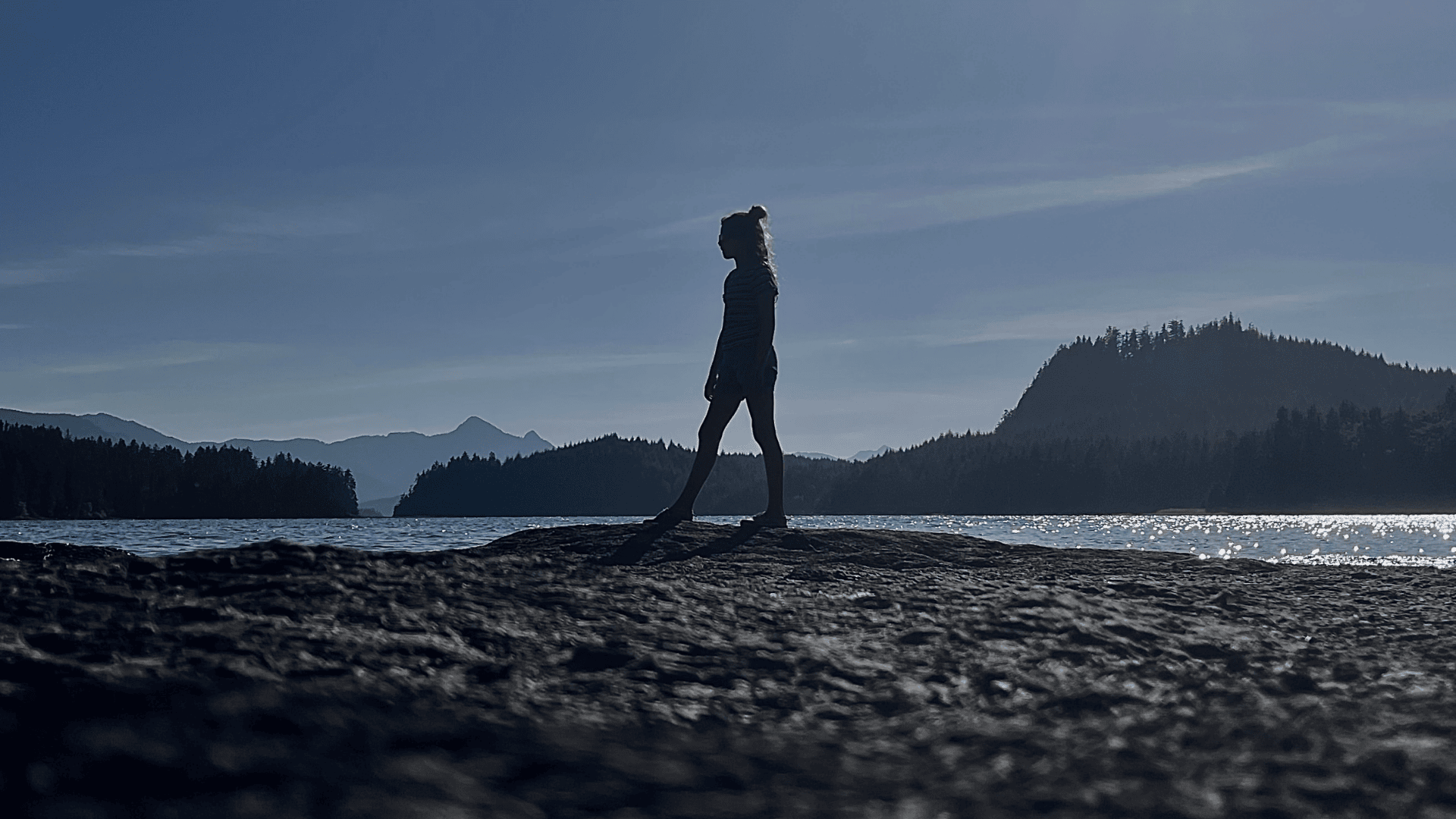Meanwhile… Alaska is still “steeling” our salmon
While many of our fisheries were closed in early August, Southeast Alaskan fishers were at the peak of an aggressive year of harvest – intercepting and killing millions of salmon bound for BC waters.
Pink salmon are abundant across the north coast this season, and Alaskan fishers have been busy – keeping not just pinks but sockeye, coho, and chum as well. Southeast Alaskan seine fisheries alone have already harvested nearly 14 million salmon, which is more than double the harvest rate from this time last year, and the season is not over yet. However, the harvesting isn’t limited to Alaskan salmon alone; over 2 million of those were likely Canadian salmon attempting to make their way home.
And this number doesn’t even account for the mortalities of bycatch species like Chinook and steelhead. In contrast to Canada, Alaskan fishers are not required to report the quantities of bycatch species they catch or have independent fisheries observers onboard, nor are they required to release fish alive and with the least possible harm. Mortality rates of fish released in Alaskan seine and gillnet fisheries far exceed those in Canada, and many of the fish that are “released” back into the ocean are already dead, including endangered Chinook and Skeena steelhead.
Southeast Alaskan fisheries are now the largest exploiters of Skeena steelhead, killing 10-30% of each year’s run before they make it to the Skeena. Amidst another concerning year for steelhead, estimated to be the fourth lowest return on record, Alaskan fishers can toss them overboard, dead, and still be certified as “sustainable” by seafood certification agencies like The Marine Stewardship Council and Ocean Wise.
We believe this needs to change.
How can you help?
Please take a moment to
tell seafood sustainability verifiers that Southeast Alaskan interception fisheries are not sustainable and ask them to revoke these certifications.
Furthermore,
tell Canadian politicians to stand up to Alaska and defend our salmon.
Learn more
Alaska Department of Fish and Game
Learn more
Alaskan Interceptions of BC Salmon: State of Knowledge Report
Other News
-

Citizen Letter to an MP — Uphold the Northcoast Oil Tanker Moratorium (Bill C-48)
The North Coast of British Columbia is one of the most ecologically rich, culturally significant, and irreplaceable coastlines in Canada. Our salmon rivers, wildlife, forests,…
-

SkeenaWild warns DFO cuts threaten salmon and communities that depend on them
The federal budget announced yesterday includes $500 million in cuts to Fisheries and Oceans Canada (DFO) over four years. That’s five times deeper than the…
-

Southeast Alaska 2025 Salmon Season Summary
Southeast Alaska’s 2025 salmon season fell short of forecasts, with pink salmon catches down 10 million. A major fishing shift into District 104 raises new…
-

2025 SkeenaWild Film & Photo Festival Finalists Announced
Join us November 22 in Terrace for a showcase of films and photos celebrating the wild people, places, and creatures of the Skeena. Community screenings…
-

Citizen Letter to an MP — Uphold the Northcoast Oil Tanker Moratorium (Bill C-48)
The North Coast of British Columbia is one of the most ecologically rich, culturally significant, and irreplaceable coastlines in Canada. Our salmon rivers, wildlife, forests,…
-

SkeenaWild warns DFO cuts threaten salmon and communities that depend on them
The federal budget announced yesterday includes $500 million in cuts to Fisheries and Oceans Canada (DFO) over four years. That’s five times deeper than the…
-

Southeast Alaska 2025 Salmon Season Summary
Southeast Alaska’s 2025 salmon season fell short of forecasts, with pink salmon catches down 10 million. A major fishing shift into District 104 raises new…
-

2025 SkeenaWild Film & Photo Festival Finalists Announced
Join us November 22 in Terrace for a showcase of films and photos celebrating the wild people, places, and creatures of the Skeena. Community screenings…